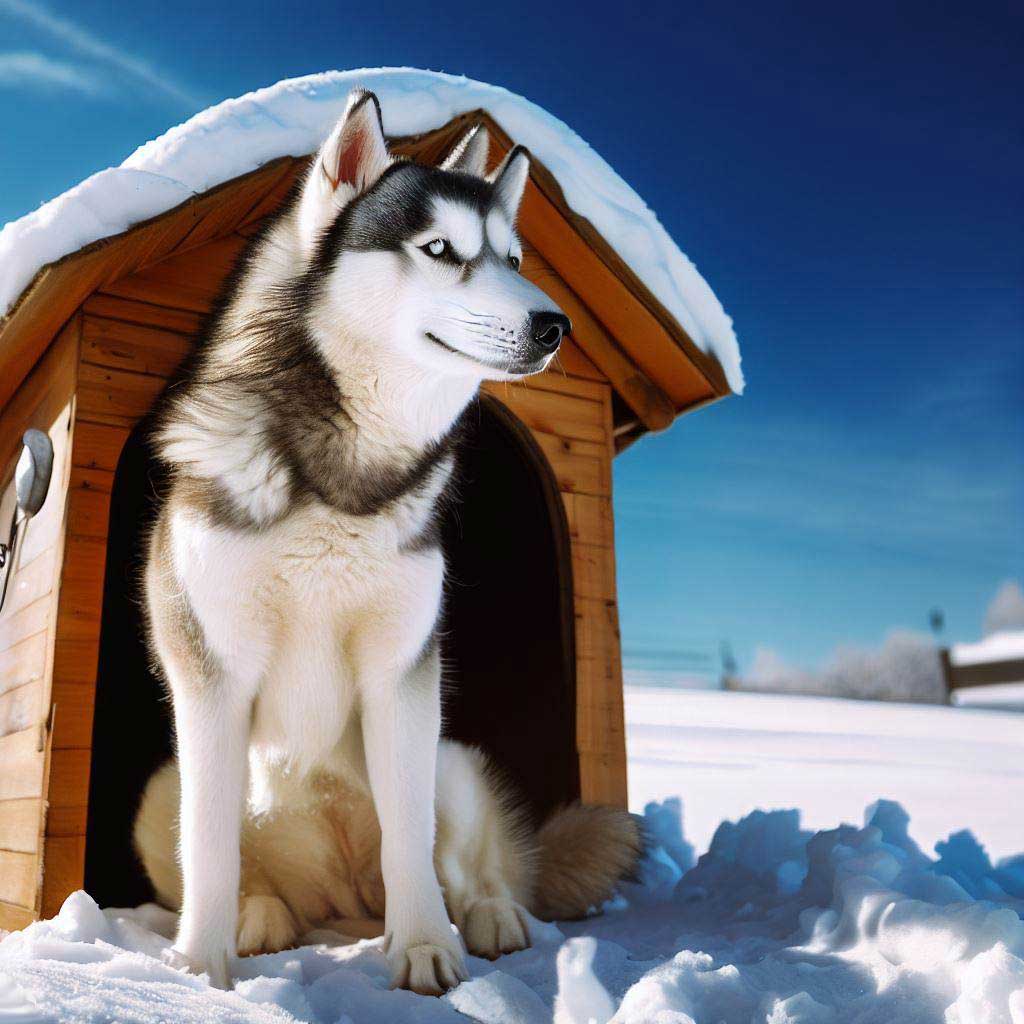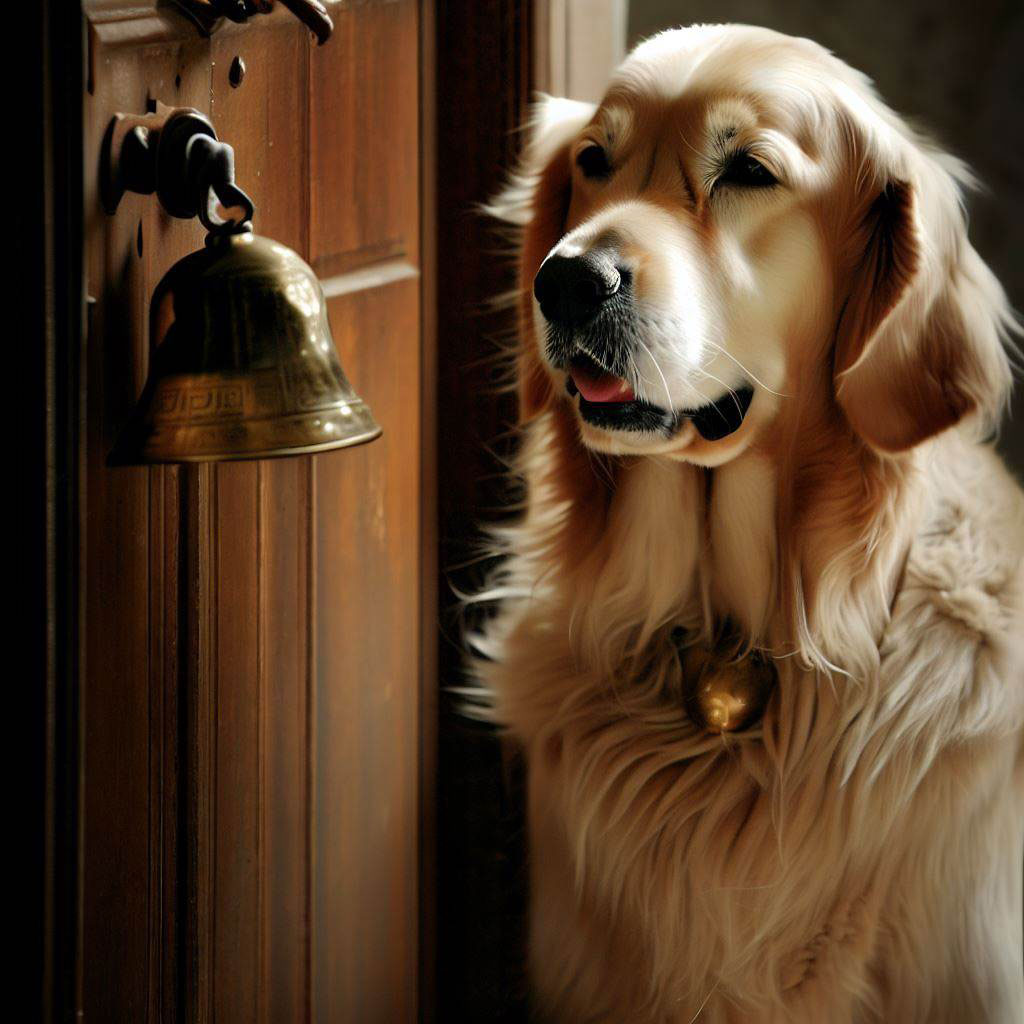Table of Contents
ToggleHeat for Dog House: Choosing the Right Heating System for Your Canine Companion
When the temperature drops, heat for a dog house is paramount and ensuring your furry friend stays warm is a top priority. A well-insulated dog house can provide some protection against the cold, but it may not be sufficient to keep your canine companion cozy all winter long. That’s where a proper heating system comes in. In this article, we will explore the different options available and help you choose the right heating system for your dog’s house.
When it comes to heating systems, there are various factors to consider, such as the size of the dog house, the climate you live in, and the specific needs of your furry friend. From electric heating pads and heated blankets to radiant heat panels and even solar-powered options, the possibilities are abundant.
Finding the ideal heating solution for your dog’s house is crucial to ensure their comfort and well-being during the colder months. We will discuss the pros and cons of each option, guide you through the decision-making process, and provide expert advice to help you make an informed choice.
Keeping your four-legged friend warm and content in their dog house is a responsibility we take seriously. Let’s dive in and discover the perfect heating system for your canine companion.
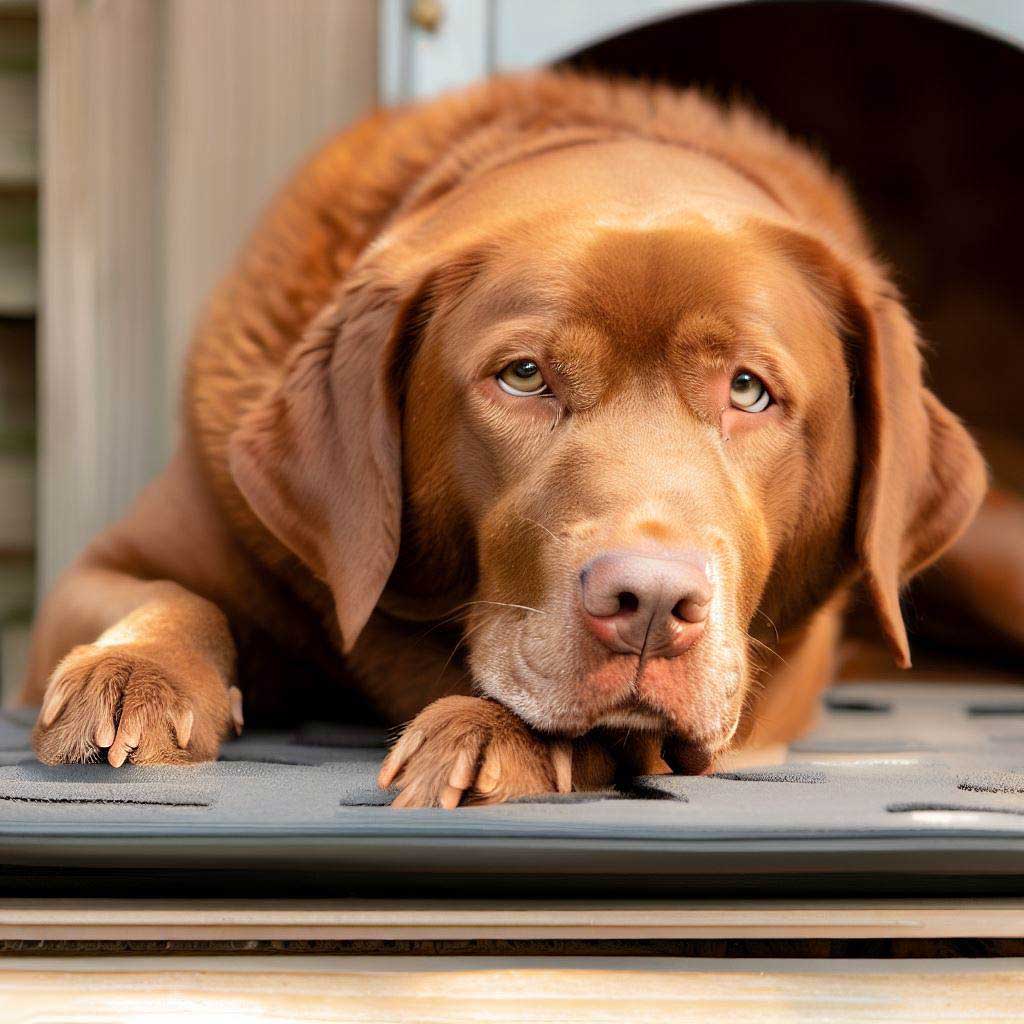
The importance of heat in dog houses
When the temperature drops, ensuring your furry friend stays warm is a top priority. A well-insulated dog house can provide some protection against the cold, but it may not be sufficient to keep your canine companion cozy all winter long. That’s where a proper heating system comes in. In this article, we will explore the different options available and help you choose the right heating system for your dog’s house.
Factors to consider when choosing a heating system for your dog house
Adequate heating is crucial for dogs, especially during the colder months. Dogs are susceptible to hypothermia and frostbite, just like humans. While they have fur to provide some insulation, it may not be enough to keep them warm in extreme weather conditions. A dog house that retains heat can be a safe haven for your furry friend, providing them with the warmth they need to stay comfortable and healthy.
Different types of heating systems for dog houses
Before diving into the different types of heating systems available, it’s important to consider several factors that will influence your decision. The size of your dog house is a primary consideration, as larger dog houses may require more powerful heating systems. The climate you live in also plays a significant role, as regions with harsh winters will require more robust heating solutions. Additionally, it’s essential to take into account your dog’s specific needs, such as age, breed, and overall health.
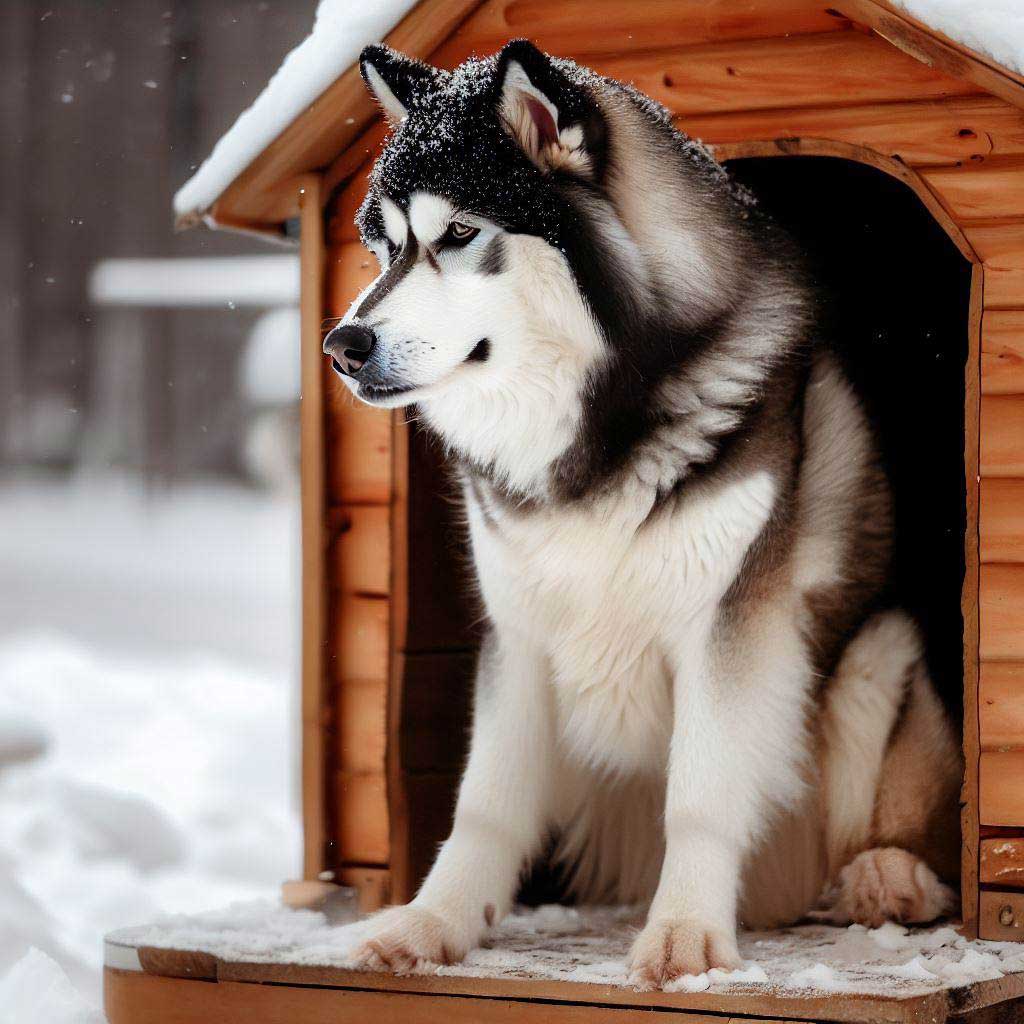
Electric heating options for dog houses
1. Electric Heating Options for Dog Houses
Electric heating systems offer a convenient and reliable way to keep your dog’s house warm. Electric heating pads and blankets are popular choices, providing direct heat to your dog’s sleeping area. These products are designed to be low voltage and come with safety features to prevent overheating. Electric heating pads are typically placed inside the dog house, while heated blankets are placed on top of the bedding.
2. Benefits and Drawbacks of Electric Heating Systems
One significant advantage of electric heating systems is their effectiveness in providing immediate warmth. They are also easy to install and use, requiring only a power source. However, it’s essential to monitor the temperature and ensure your dog doesn’t overheat. Electric heating systems may not be suitable for dogs that chew on cords or have a tendency to nest excessively.
3. Insulated Heating Options for Dog Houses
Insulated heating systems focus on retaining heat within the dog house. One popular option is radiant heat panels, which are installed on the walls or floors of the dog house. These panels emit infrared heat, which is absorbed by your dog’s body, providing a gentle and consistent warmth. Another option is a solar-powered heating system, which utilizes the sun’s energy to warm your dog’s house.
4. Benefits and Drawbacks of Insulated Heating Systems
Insulated heating systems offer a more energy-efficient and eco-friendly approach to keeping your dog warm. Radiant heat panels provide a comfortable heat source that mimics the warmth of the sun, promoting relaxation and reducing stress. Solar-powered options are particularly appealing for environmentally conscious dog owners. However, these systems may be more expensive upfront and require professional installation.
Benefits and drawbacks of electric heating systems
Apart from the type of heating system, there are other essential factors to consider when ensuring your dog’s house stays warm throughout the winter. Proper insulation is crucial, as it helps trap heat inside the dog house. Insulated dog houses are available in various designs and materials, such as foam insulation and double-walled construction. Regular maintenance is also necessary to ensure the heating system functions optimally and to address any potential safety issues.
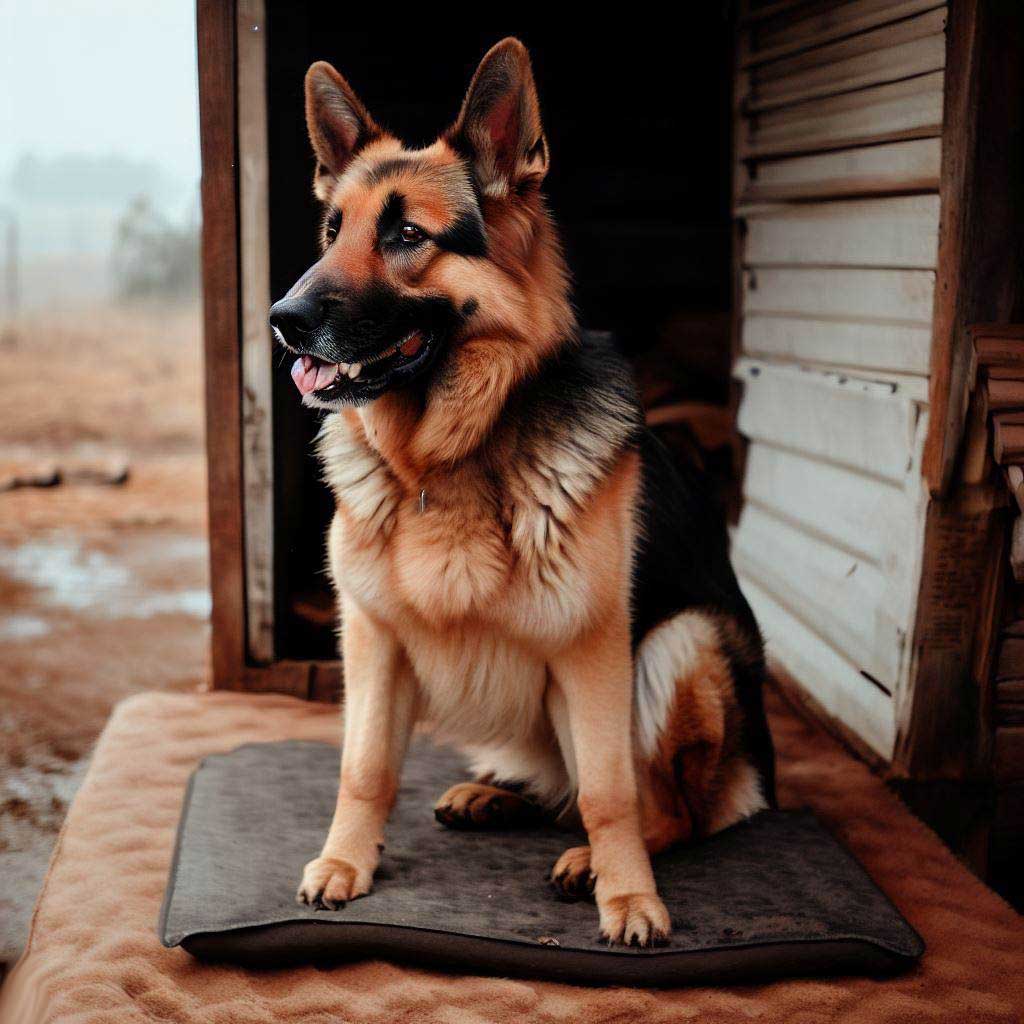
Insulated heating options for dog houses
To ensure the longevity and safety of your dog house heating system, regular maintenance is key. Here are some tips to keep in mind:
1. Clean the heating system regularly to prevent dust buildup and ensure optimal performance.
2. Check for any signs of wear and tear, such as frayed cords or damaged panels, and replace them if necessary.
3. Monitor the temperature inside the dog house and adjust the heating system accordingly to prevent overheating.
4. Keep an eye out for any signs of discomfort or distress in your dog, such as excessive panting or restlessness, which may indicate an issue with the heating system.
5. Consult with a professional if you have any concerns or questions about the installation or operation of your dog house heating system.
Benefits and drawbacks of insulated heating systems
Choosing the right heating system for your dog house requires careful consideration of various factors, including the size of the dog house, climate, and your dog’s specific needs. Electric heating options provide immediate warmth, while insulated heating systems focus on retaining heat. It’s crucial to assess the benefits and drawbacks of each system and ensure proper maintenance and safety measures are in place. By taking these factors into account, you can find the perfect heating system to keep your canine companion warm and comfortable during the colder months.
Remember, a warm and cozy dog house not only provides comfort for your furry friend but also promotes their overall well-being. So, invest in the right heating system and give your dog the warmth they deserve.
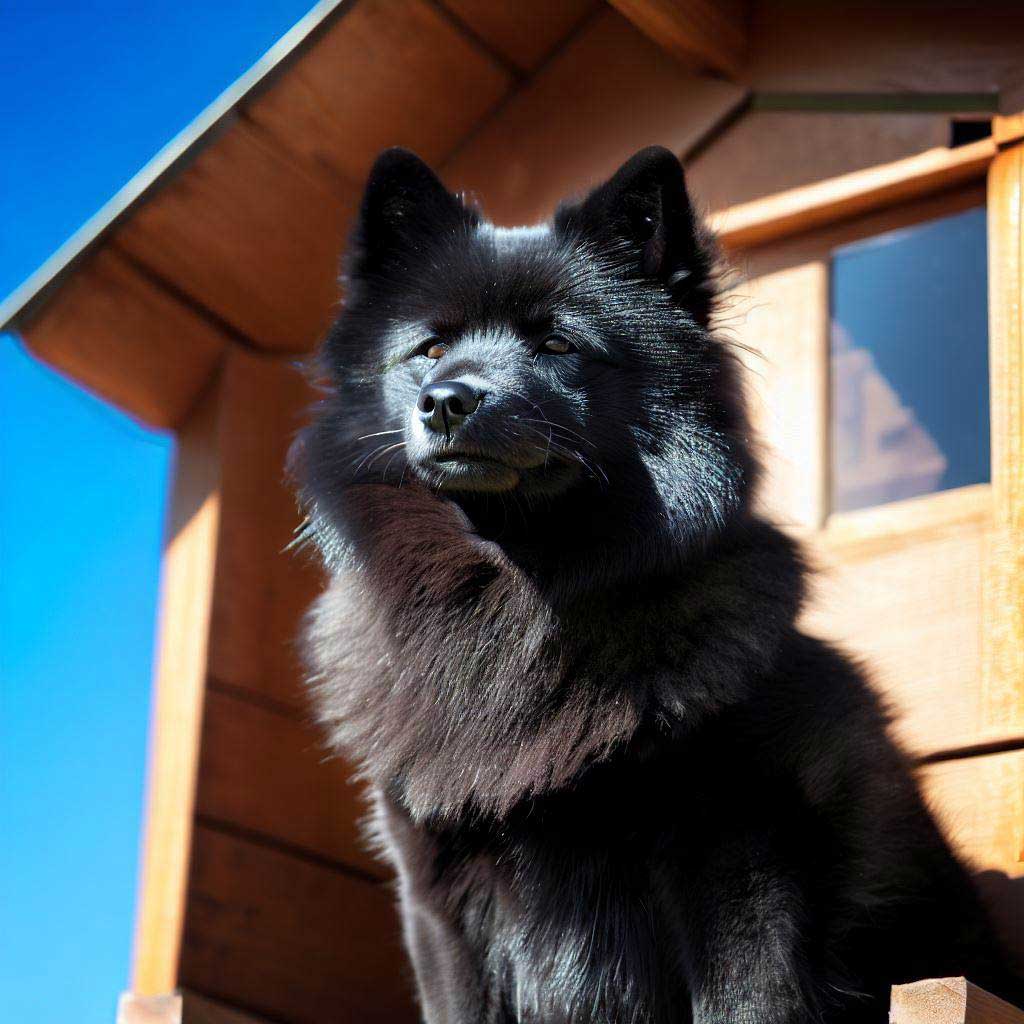
Other considerations for heating your dog house
Insulated heating systems offer several benefits for keeping your dog house warm during the colder months. One popular option is electric heating pads, which provide a constant source of warmth. These pads are designed to be safe for pets and often come with a thermostat to regulate temperature. They can be placed directly on the floor of the dog house, providing a comfortable and cozy spot for your furry friend.
Another option worth considering is a heated blanket. These blankets are specifically designed for use in dog houses and are often made from durable and chew-resistant materials. They come in various sizes to fit different dog houses and can be easily cleaned. Heated blankets are a great choice for dogs that prefer to snuggle up and burrow into their bedding for warmth.
While insulated heating systems have their advantages, there are also a few drawbacks to consider. One of the main concerns is the risk of fire or electrical hazards. It is important to follow the manufacturer’s instructions carefully and ensure that the heating system is installed correctly. Regular maintenance and inspection are also necessary to keep the heating system in good working condition.
There is also the issue of energy consumption. Electric heating systems can increase your energy bills, especially if used for long periods. It is essential to consider the energy efficiency of the heating system and choose one that is designed to minimize energy consumption. Additionally, some dogs may not feel comfortable with the constant warmth provided by insulated heating systems, as they prefer to regulate their own body temperature by moving around.
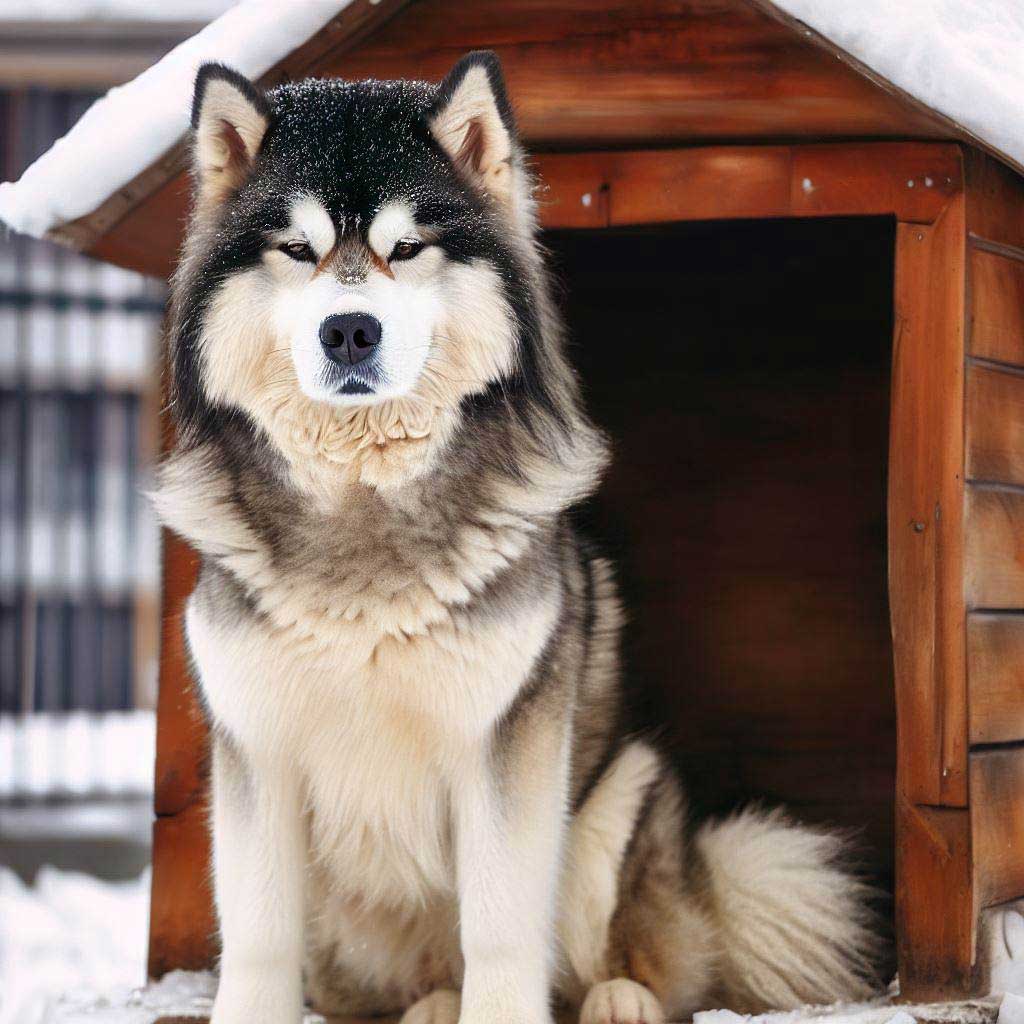
Maintenance and safety tips for dog house heating systems
Apart from insulated heating systems, there are other options to consider when choosing a heating system for your dog’s house. Radiant heat panels, for example, are a popular choice for providing warmth without the need for electricity. These panels are usually mounted on the wall or ceiling of the dog house and emit infrared heat, which warms objects and living beings without heating the air. Radiant heat panels are safe, energy-efficient, and provide a gentle warmth that mimics the feeling of basking in the sun.
If you’re looking for a more environmentally-friendly option, solar-powered heating systems are worth considering. These systems harness the power of the sun to provide warmth for your dog’s house. Solar-powered heating systems usually consist of solar panels, a battery or energy storage unit, and a heating element. They are easy to install and require minimal maintenance. However, it is important to consider the amount of sunlight available in your area and the size of the solar panels needed to generate sufficient heat.
When choosing a heating system for your dog’s house, it is crucial to take into account the size of the dog house and the climate you live in. Smaller dog houses may not require as powerful a heating system compared to larger ones. Similarly, if you live in an area with mild winters, a less intense heating system may be sufficient. It is always better to choose a heating system that can be adjusted to meet your dog’s specific needs.
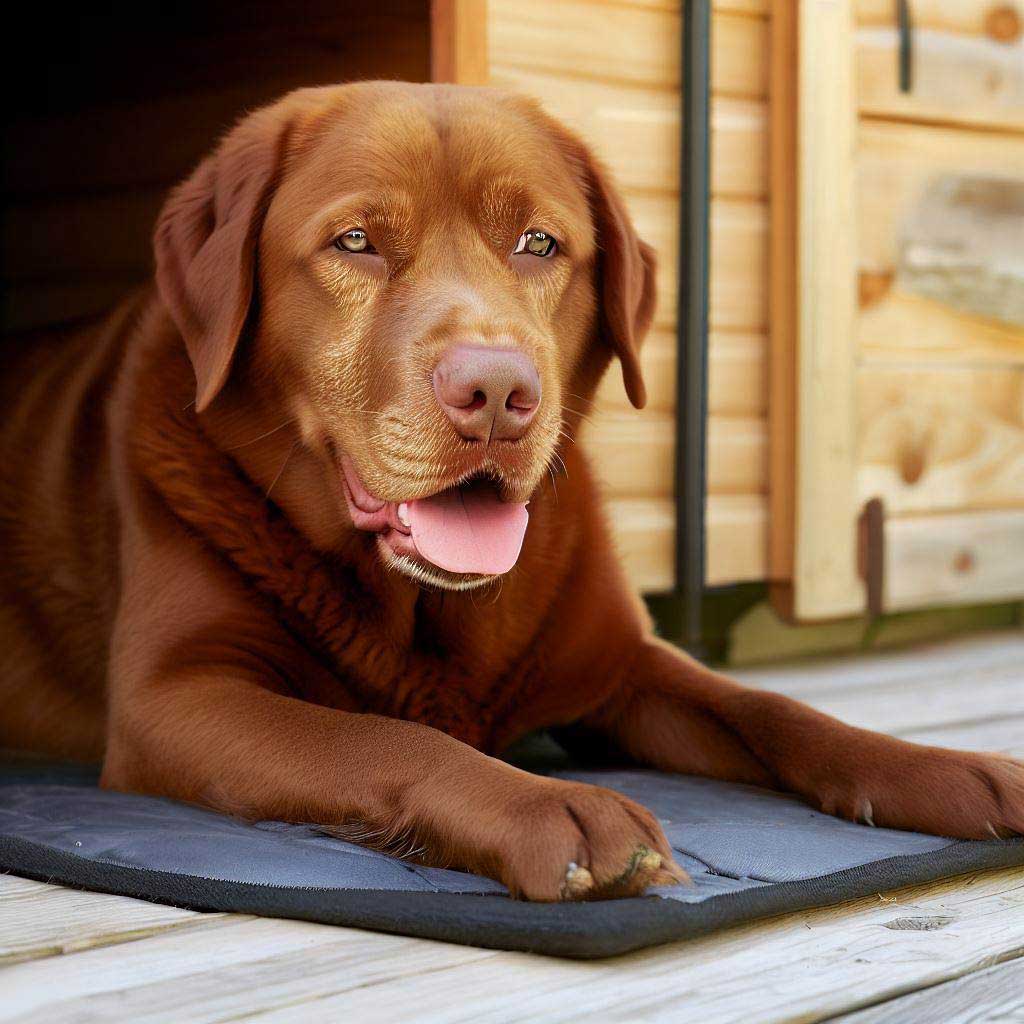
Conclusion: Finding the perfect heating system for your dog house
To ensure the longevity and safety of your dog house heating system, regular maintenance is essential. Here are a few tips to keep in mind:
1. Regularly inspect the heating system for any signs of wear or damage. Replace any faulty components immediately.
2. Clean the heating system regularly to prevent the buildup of dirt, dust, and pet hair. This will help maintain its efficiency and prevent potential fire hazards.
3. Keep the heating system away from water sources and ensure it is installed securely to prevent accidents.
4. Monitor your dog’s behavior and comfort level when using the heating system. If they seem uncomfortable or excessively hot, consider adjusting the temperature or switching to a different heating option.
5. Follow the manufacturer’s instructions for usage and maintenance of the heating system to ensure its proper functioning.
By following these maintenance and safety tips, you can ensure that your dog house heating system remains in good condition and provides a safe and comfortable environment for your furry friend.
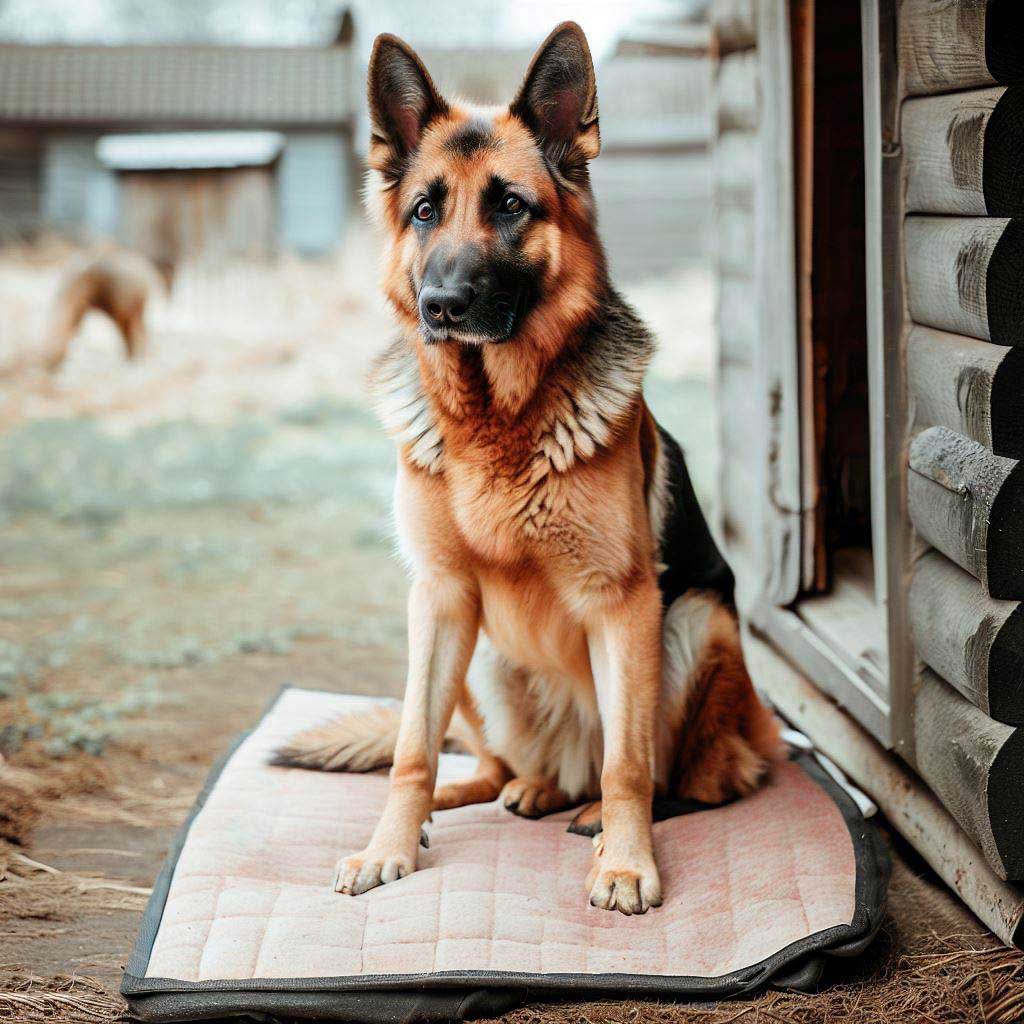
FAQ: Heat For Dog Houses
What is the best way to heat a dog house?
The best way to heat a dog house is to use a safe, designed-for-pets heating system. I recommend either a heated pad specifically for dog houses or a ceramic infrared heater. Make sure any electrical wires are safely tucked away to prevent chewing.
How do I keep my dog warm in my doghouse?
Insulate the dog house well and add a doggy door to keep wind out. Use warm bedding like straw, and consider a pet-safe heating system. Don’t forget to check for drafts and seal any gaps.
Does a dog house need to be heated?
Not all dog houses require heating. However, for breeds that are not suited for cold weather or during particularly cold periods, a heating system is recommended to keep your pet safe and comfortable.
Can a house be too cold for a dog?
Yes, especially for small breeds, puppies, and older dogs with health issues. A good rule of thumb: if it’s too cold for you in a winter coat, it’s too cold for your dog.
Does a dog house keep a dog warm in winter?
A well-insulated and properly designed dog house can provide some warmth. However, in extreme cold conditions, additional heating may be necessary.
Can I put a heat lamp in a dog house?
You can, but exercise extreme caution. Heat lamps can be fire hazards if not carefully installed and monitored. Always secure the lamp and shield the bulb to prevent direct contact with your pet.
How can I keep my dog warm in the dog house without electricity?
Straw is an excellent insulator, and so are foam pads. Mylar blankets can also reflect body heat back to your dog. Make sure the dog house is well-insulated and free from drafts.
How do I keep my outside dog warm in the winter?
Provide a well-insulated dog house with warm bedding. If temperatures drop significantly, consider bringing your dog indoors or adding a pet-safe heating system to their outdoor home.
Can dogs survive cold in a doghouse?
Some breeds are better suited for cold weather and may tolerate it well with a proper dog house. However, extreme cold can be dangerous for any dog, and additional heating or shelter is often necessary.
Is a red or white heat lamp better for dogs?
Red heat lamps are generally better for nighttime as they don’t disrupt the dog’s sleep cycle. They both provide ample heat, so it’s more about your dog’s comfort and your own preferences.
What is the warmest bedding for a dog?
Straw or cedar shavings are commonly used for insulation and warmth. You can also use special thermal pads designed for pets, which can retain and reflect body heat.
How to build a dog house for winter?
Use thick, insulated materials like wood and make sure to include a slanted roof to shed snow. Add a doggy door flap and elevate the floor to prevent cold from seeping in. Proper insulation is key, and the house should be just large enough for the dog to move comfortably but small enough to retain heat.
Can dogs stay warm in a cold house?
Most dogs can tolerate cooler indoor temperatures, but if the house is excessively cold, consider a doggy sweater and warm bedding. Always watch for signs of discomfort or hypothermia in your pet.
Remember, the well-being of your dog is paramount. Always consult with your veterinarian for any health concerns, especially when dealing with extreme weather conditions.
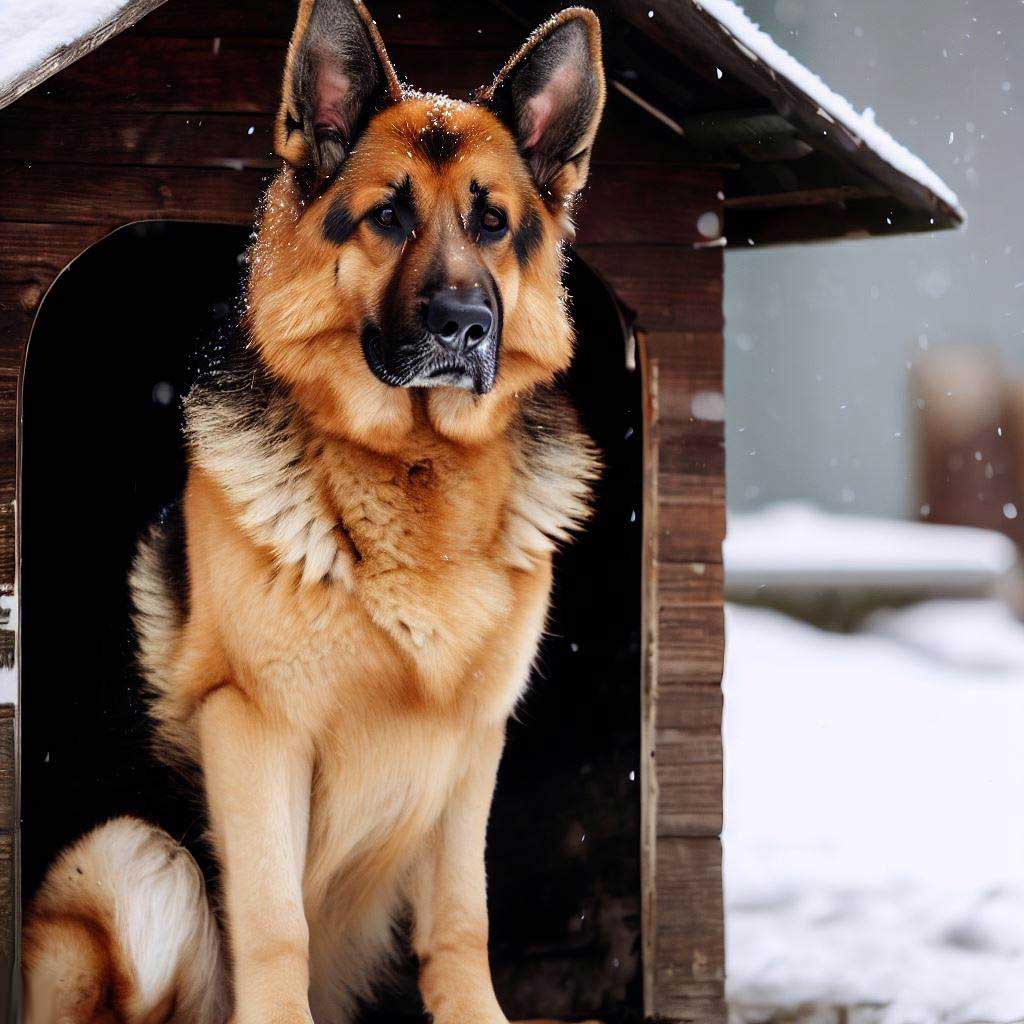
Online Dog Training Feature
Feeling overwhelmed in your quest to train your canine companion? Don’t worry—our article Best Online Dog Training Courses: Any Dog Will Love is your beacon. With an in-depth look at 15 stellar courses and special focus on the top three, this guide is designed to untangle all your training woes.
